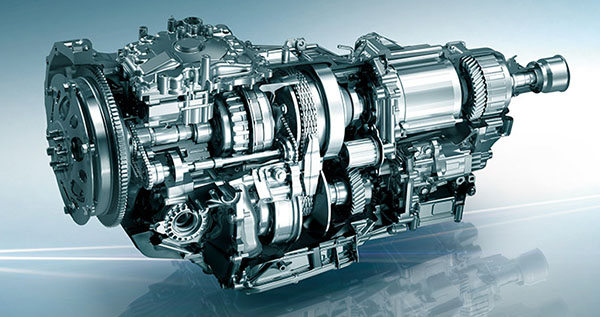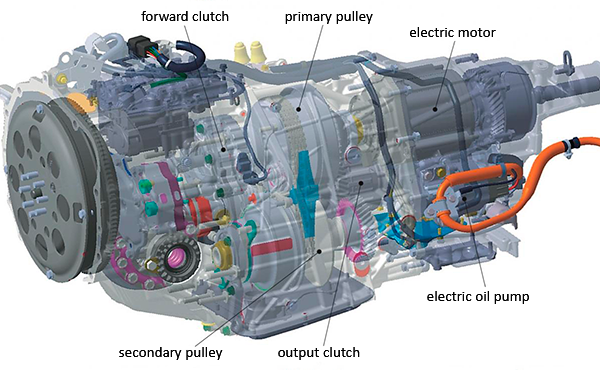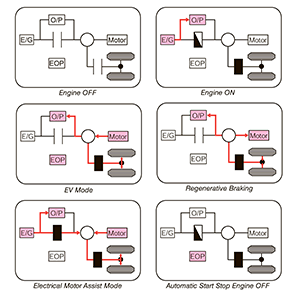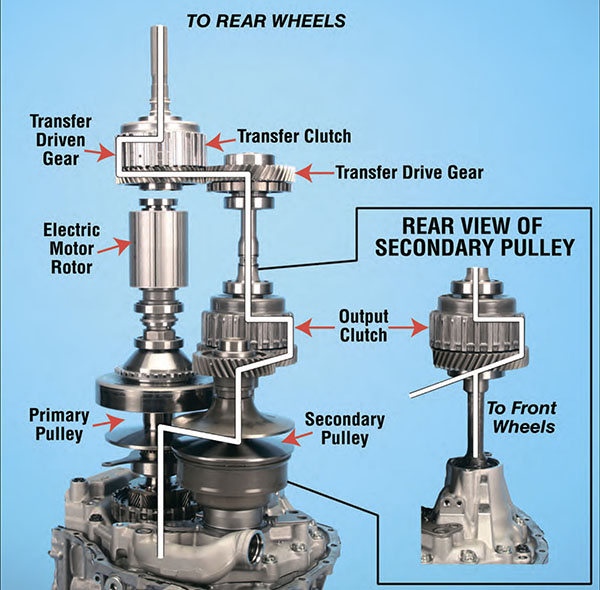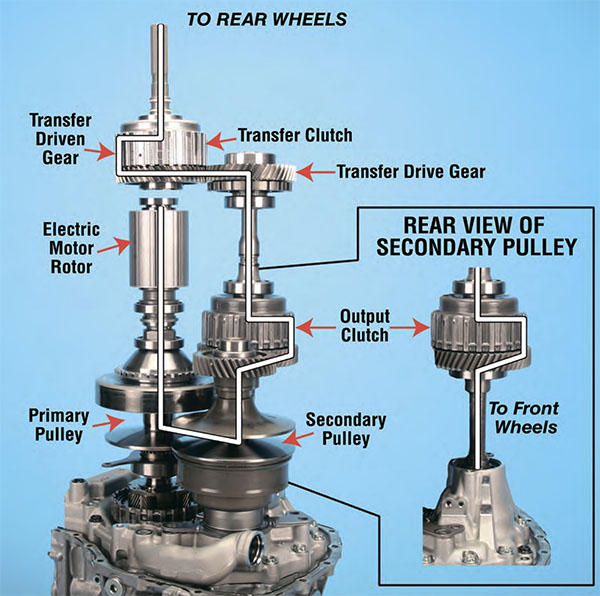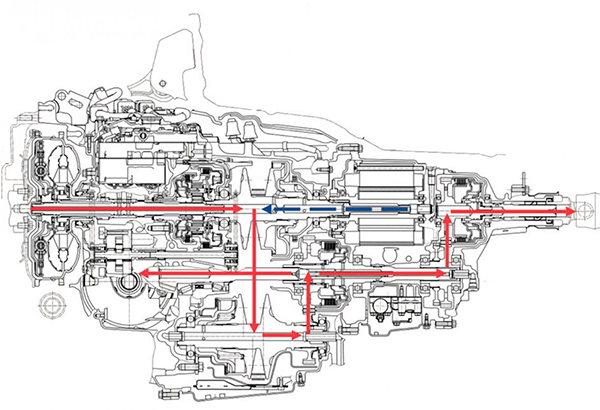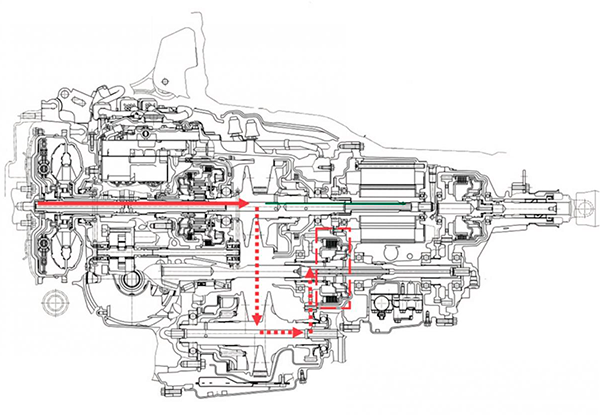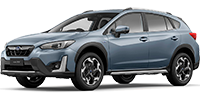|
Eugenio,77
Addendum to the article: "Typology of Japanese hybrids" The parallel hybrid e-Boxer system has been used in Subaru cars since 2013. It consists of a continuously variable transmission (2nd gen. Lineartronic CVT) with an integrated motor-generator.
The motor-generator is rigidly connected to the primary pulley of the CVT; connected to the engine through a planetary mechanism with forward clutch/reverse brake (FC) and is connected to the wheels through an additional output clutch (OC). The mechanical oil pump has two chain drives - from the torque converter and from the primary pulley (driven sprockets equipped with one-way clutches). An additional electric oil pump is needed to maintain the necessary linear pressure during the stop-start system operation and secondary pressure during acceleration.
The operation modes of the system: • Electric Vehicle (electric motor drive) • Electric Motor Assist (combined ICE and motor drive) • Engine Drive (engine drive) • D Charge (battery charging) • Regenerative Braking
• Engine Drive Mode The engine is running, FC clutch engaged, OC clutch engaged. The wheels are driven by the ICE via the FC clutch, CVT and OC clutch.
• EV Mode The engine is off, FC clutch disengaged, OC clutch engaged. The wheels are driven by the electric motor via the CVT and OC clutch.OC.
• Electric Motor Assist Mode The engine is running, FC clutch engaged, OC clutch engaged. The wheels are driven simultaneously by the engine and electric motor, with their power synchronized.
• D Charge Mode The engine is running, FC clutch engaged, OC clutch disengaged, D range of the transmission. The motor-generator is driven by the ICE and works as a generator to charge the battery.
• Regenerative Braking The FC clutch is engaged in Engine Drive mode when the pressure is reduced in the circuit, and is fully disengaged in EV mode.
The electric motor drive is used for starting and low-speed driving. The combined drive from the engine and electric motor is used for active acceleration and medium-speed driving. At high speeds, the car is driven only by the engine, which simultaneously charges the battery. - Can motor "30-minute" power data be found? For versions supplied to the European market, the values of 30-minute power are known from registration data. However, since the maximum power of electric motors for models on the external and internal markets is different, they cannot be considered as analogs, and therefore the value of 30-minute power for models on the Japanese market cannot be found. - Can ICE and motor power values be summed? From a formal point of view, adding the power of the engine and electric motor is justified for a parallel hybrid system. However, in the manufacturer's technical data for e-Boxer on the Japanese, American and European markets, the concept of 'total power' is not used. The data for the gasoline and electric engines are specified separately, and in the specs the power of the ICE determines the power of the vehicle. Therefore, in the case of Subaru e-Boxer, using the principle of summing power to determine the tax base is not entirely fair.
HEV typology : Toyota HSD ·
Daihatsu e-Smart ·
Honda i-MMD (e:HEV) ·
Toyota Hybrid :
E-Four ·
THS-C ·
HEV trans ·
BEV/FCEV ·
HEV trucks
|
|


